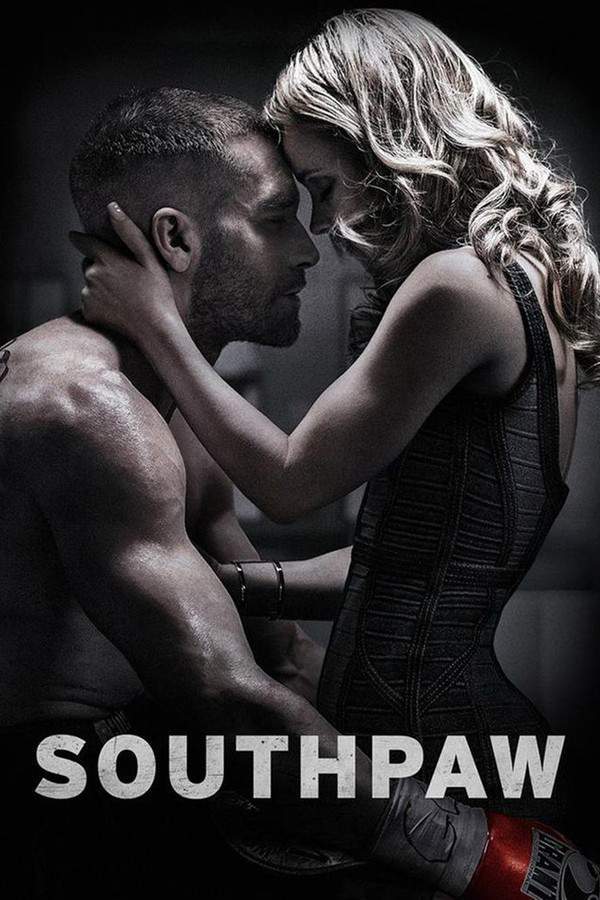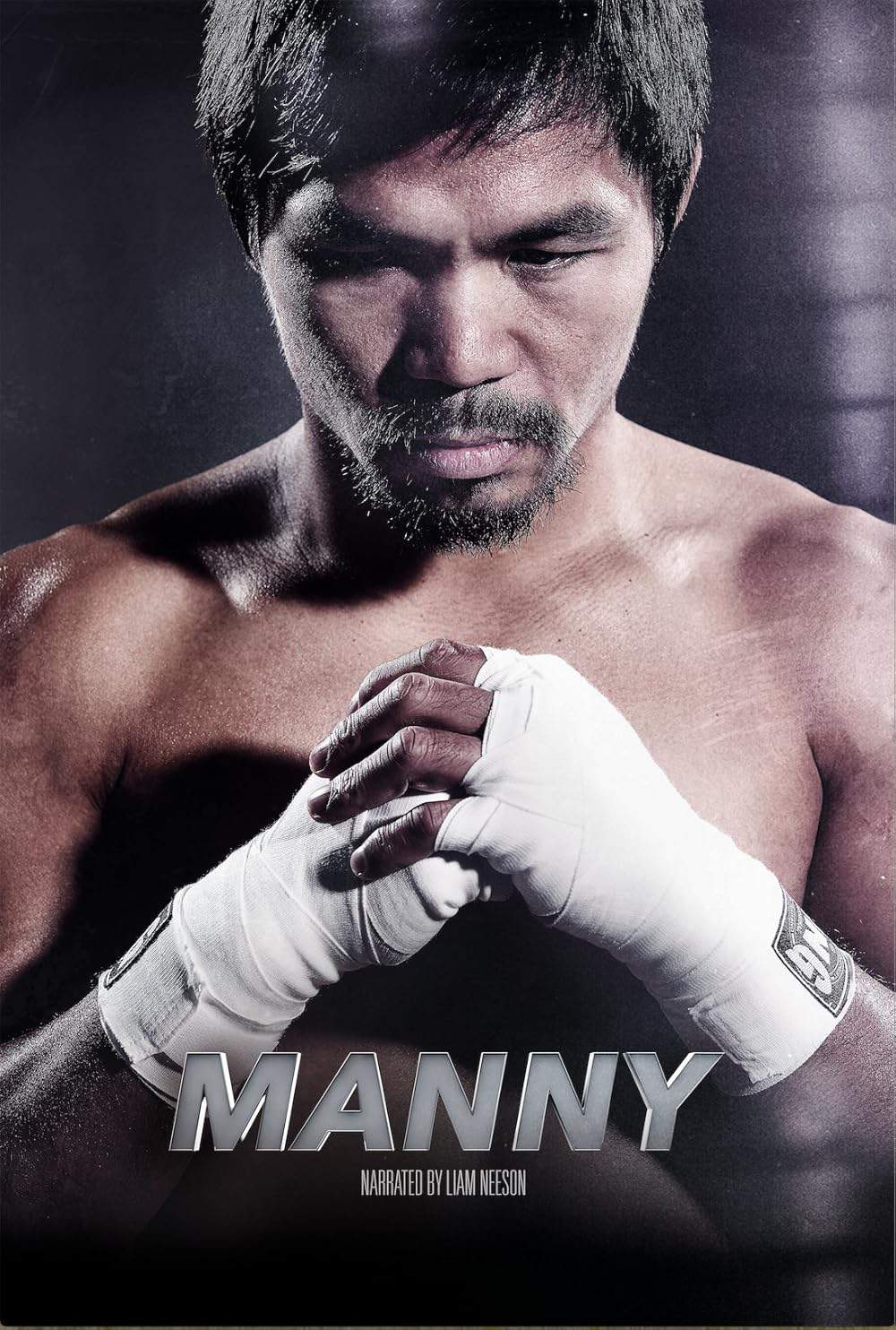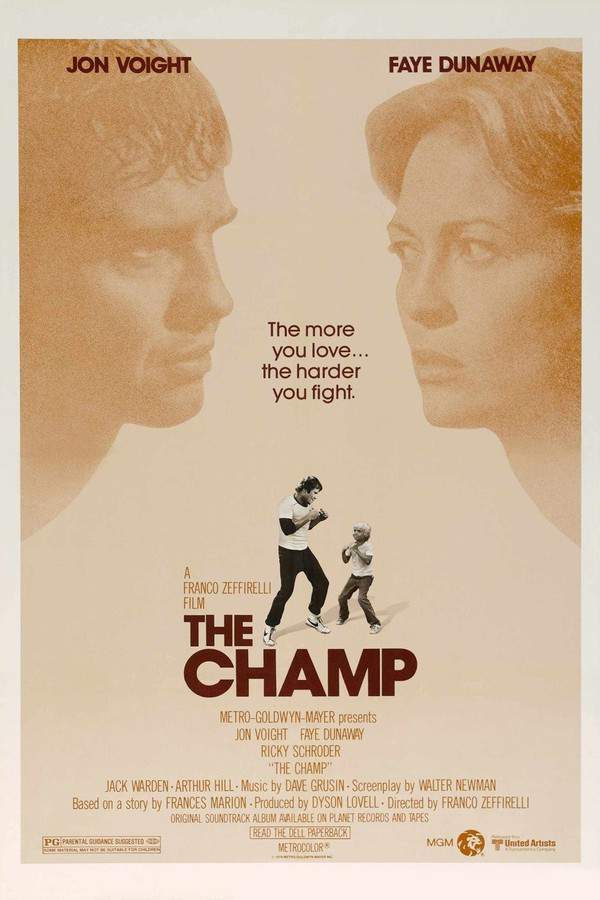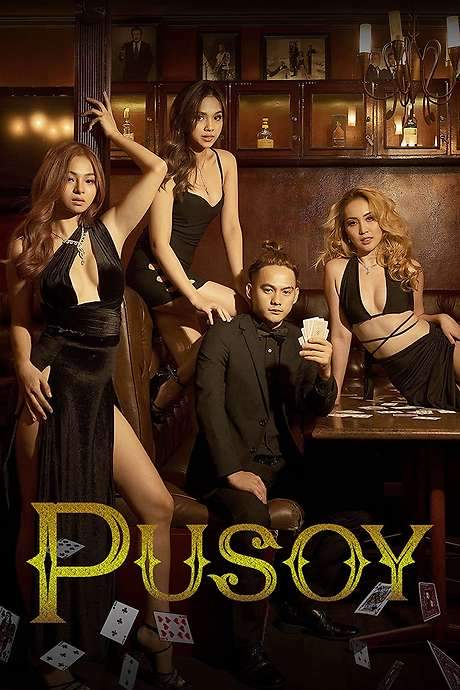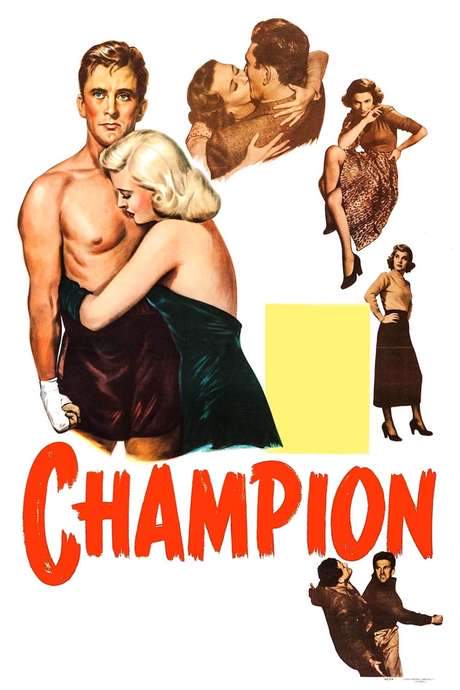
Pacquiao: The Movie
Year: 2006
Runtime: 109 mins
Language: English
Director: Joel Lamangan
Jericho Rosales embodies Filipino boxing legend Manny Pacquiao, charting his rise from poverty to national hero. As his career soars, the relentless demands of the sport, personal challenges, and his country’s lofty expectations strain him, leading to a dramatic downfall. With support from his wife, played by Bea Alonzo, he strives to reclaim his legacy and earn the title of the People’s Champion.
Warning: spoilers below!
Haven’t seen Pacquiao: The Movie yet? This summary contains major spoilers. Bookmark the page, watch the movie, and come back for the full breakdown. If you're ready, scroll on and relive the story!
Pacquiao: The Movie (2006) – Full Plot Summary & Ending Explained
Read the complete plot breakdown of Pacquiao: The Movie (2006), including all key story events, major twists, and the ending explained in detail. Discover what really happened—and what it all means.
The film opens with the opening credits rolling over the first Manny Pacquiao Manny Pacquiao versus Érik Morales bout, laying down a frame for a lifelong journey that unfolds in bold, sweeping strokes. The screen then centers on a battered, reflective figure in the present, with the role of the boxer portrayed by Jericho Rosales, hinting at a man who has faced every high and every low with a guarded resolve. What follows is a non‑linear odyssey that alternates between thunderous triumphs and quiet reckonings, always circling back to the human heartbeat behind the legend.
A cascade of flashbacks sweeps us to General Santos, where a young Manny is molded not just by fists but by a powerful, exacting mother. The character of Dionesia becomes a towering influence, brought to life by Jaclyn Jose, whose stern devotion presses him toward discipline even as it tests the warmth of home. The girlhood and early athletic hunger are tempered by tough lessons at every turn, with the family’s limits and hopes pressing in from all sides.
As the story expands, Manny’s early boxing path begins to take shape under the gaze of Nanay Parcon, the recruiter who sees potential where others might overlook it. Gloria Sevilla gives Nanay Parcon a mix of grit and tenderness that helps plant the seeds of a fighter’s dream. Manny crosses paths with Emong Dionisio, a figure played by Jay Manalo, whose own road from labor and hardship intersects with Manny’s ascent in telling the origin tale of a boy who learns to trade punches for a voice that cannot be ignored. The gym becomes a sanctuary and a proving ground, a place where Manny learns that every victory carries its own cost.
The narrative then threads back to the present, the tension punctuated by the realization that Manny’s rise is inseparable from the people who surround him. In Manila, a makeshift training ground in Malabon becomes a home base for his early development, and the man who manages the gym, Polding Correa, is brought to life by Ricky Davao, whose steady presence mirrors the quiet steadiness of Manny’s decision to pursue something larger than himself. The film also introduces Ruben Novales, a manager who helps steer his early career; his role is given weight through the presence of Tony Mabesa, an actor whose experience lends gravity to the montage of beginnings.
As the ascent accelerates, Manny’s family life comes into sharper focus: his parents’ separation marks a turning point in how he travels between duty at home and duty to his sport. Buboy Fernandez, his close friend and trainer, enters the scene through the lens of the gym’s inner circle, with Bayani Agbayani Bayani Agbayani providing a grounded portrayal of Buboy’s steadfast mentorship. The film does not flinch from the pain and sacrifice that accompany a youth who grows up fast, balancing the lure of fame with the demands of discipline and responsibility.
Youthful promise collides with hard‑won lessons: Manny’s undefeated streak carries him toward a professional leap at seventeen, only to be tempered by a sobering knockout from Rustico Torrecampo and the personal shock of a comrade’s collapse in the heat of battle. The narrative does not shy away from the brutality of the sport or the emotional toll on those closest to him, including the moment when Emong’s fortunes shift and the moment when the truth about his name and reputation begins to ripple through his circle.
The present accelerates again as Manny’s life off the ring becomes as dramatic as the bouts themselves. In a mall, he crosses paths with Jinkee Jamora, the future life partner whose presence anchors a chapter of domestic joy and public scrutiny. Jinkee is portrayed on screen with Bea Alonzo embodying the character, and the film tracks their civil union against the backdrop of a family that remains divided in its opinions and loyalties. The couple’s private happiness sits alongside headlines that herald Manny’s status as a champion, even as the shadows of a complicated personal life begin to intrude.
In Bangkok and beyond, the fighter’s career swings through periods of glory and vulnerability. A Thai bout against Medgoen Singsurat tests his resilience, while a weighty reputation as Flyweight champion becomes the fuel that powers his public persona. The life outside the ring—romance, fidelity, and the complicated arc of public perception—begins to tug at his focus, exposing the tensions between privacy and stardom. The film does not muddy the facts with gloss; it presents a truthful mosaic of a man who wins and loses in equal measure, who battles external opponents and internal doubts in equal measure.
The emotional center of the story lands on the rematch against Morales, a fight that arrives as both a personal reckoning and a culmination of a career’s meteoric climb. The rematch unfolds with a technical knockout after ten rounds, a moment that seals Manny’s resilience in the public memory. The narrative closes on a high note of recognition—a Hero’s Welcome—as fans line the streets and archival clips of the real-life Manny Pacquiao punctuate the final montage, underscoring the seamless blend of myth and memory that defines his journey. The film’s end leaves viewers with a sense of closure that respects the price of greatness while celebrating the enduring spirit that carried him from General Santos to the world stage.
Last Updated: October 09, 2025 at 16:30
Unlock the Full Story of Pacquiao: The Movie
Don't stop at just watching — explore Pacquiao: The Movie in full detail. From the complete plot summary and scene-by-scene timeline to character breakdowns, thematic analysis, and a deep dive into the ending — every page helps you truly understand what Pacquiao: The Movie is all about. Plus, discover what's next after the movie.
Pacquiao: The Movie Timeline
Track the full timeline of Pacquiao: The Movie with every major event arranged chronologically. Perfect for decoding non-linear storytelling, flashbacks, or parallel narratives with a clear scene-by-scene breakdown.

Characters, Settings & Themes in Pacquiao: The Movie
Discover the characters, locations, and core themes that shape Pacquiao: The Movie. Get insights into symbolic elements, setting significance, and deeper narrative meaning — ideal for thematic analysis and movie breakdowns.

Similar Movies to Pacquiao: The Movie
Discover movies like Pacquiao: The Movie that share similar genres, themes, and storytelling elements. Whether you’re drawn to the atmosphere, character arcs, or plot structure, these curated recommendations will help you explore more films you’ll love.
Explore More About Movie Pacquiao: The Movie
Pacquiao: The Movie (2006) Scene-by-Scene Movie Timeline
Pacquiao: The Movie (2006) Movie Characters, Themes & Settings
Pacquiao: The Movie (2006) Spoiler-Free Summary & Key Flow
Movies Like Pacquiao: The Movie – Similar Titles You’ll Enjoy
Southpaw (2000) Detailed Story Recap
Against the Ropes (2004) Plot Summary & Ending Explained
Southpaw (2015) Movie Recap & Themes
Manny (2015) Complete Plot Breakdown
The Champ (1979) Story Summary & Characters
The Martial Artist (2025) Ending Explained & Film Insights
Bakit ’Di Totohanin (2001) Spoiler-Packed Plot Recap
Undefeated (2003) Full Movie Breakdown
Mano Po 4: Ako Legal Wife (2005) Spoiler-Packed Plot Recap
I Carry the World (1987) Film Overview & Timeline
Pusoy (2022) Ending Explained & Film Insights
Champion (1949) Full Movie Breakdown
Pepe El Toro (1953) Film Overview & Timeline
Requiem for a Heavyweight (1962) Complete Plot Breakdown
Kung Kailangan Mo Ako (1993) Movie Recap & Themes





